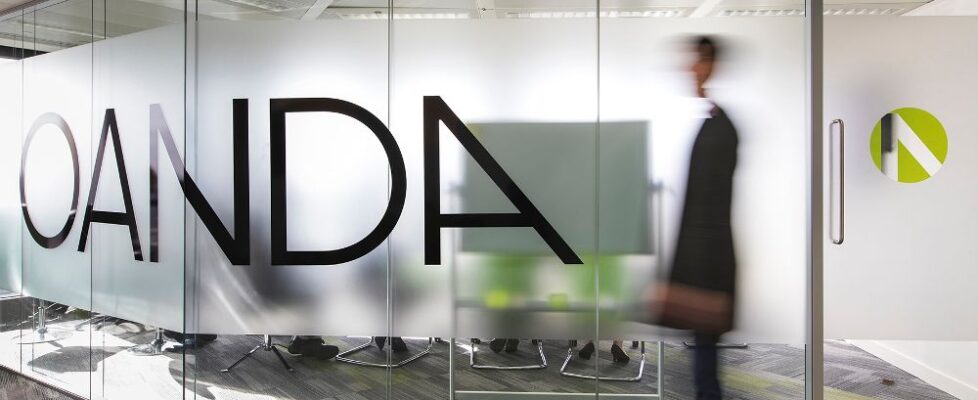Court tells OANDA, GAIN Capital to agree on reasonable discovery protocols in patent lawsuit
Magistrate Judge Douglas E. Arpert of the New Jersey District Court has issued an order regarding the latest discovery dispute between OANDA and GAIN Capital in a lawsuit about Forex patent infringement.
The dispute at issue concerns OANDA’s most recent document requests, Request for Production (the RFPs), which seek all documents and communications concerning certain terms identified in the RFPs from five custodians selected by OANDA. OANDA’s RFPs are based on GAIN’s non-infringement contentions which identify the claim limitations not found in GAIN’s accused products and then go on to explain, in some instances, how GAIN’s products operate or function differently.
OANDA claims that it is seeking discovery underlying GAIN’s contentions but GAIN argues that is not the case as OANDA has already had such discovery.
The Judge has ordered that lead trial counsel together with senior local counsel must promptly meet and confer, in person or by other direct contact, in a good faith effort to agree on reasonable protocols and limitations related to the Parties’ discovery requests using custodians and search terms.
The Judge also ordered that, with respect to GAIN’s contention that OANDA’s most recent Requests for Production seek “duplicative documents,” counsel must also confer in a good faith effort to ensure that all discovery sought is not “unreasonably cumulative or duplicative or can (not) be obtained from some other source that is more convenient, less burdensome, or less expensive.”
Let’s recall that in this lawsuit OANDA alleges that GAIN infringes two patents, U.S. Patent Nos. 7,146,336 (“the ’366 patent”) and 8,392,311 (“the ’311 patent”).
On March 5, 2013, the United States Patent and Trademark Office issued United States Patent No. 8,392,311, entitled “Currency Trading System, Methods, and Software.” The ’311 Patent teaches, among other things:
In one aspect, the present invention comprises a system for trading currencies over a computer network. A preferred embodiment comprises: (a) a server front-end; (b) at least one database; (c) a transaction server; (d) a rate server; (e) a pricing engine; (f) an interest rate manager; (g) a trade manager; (h) a value at risk server; (i) a margin control manager; (j) a trading system monitor; and (k) a hedging engine. In another aspect, the present invention comprises methods for trading currency over a computer network. In another aspect, the present invention comprises software for currency trading over a computer network.
On December 5, 2006, the United States Patent and Trademark Office duly and legally issued United States Patent No. 7,146,336, entitled “Currency Trading System, Methods, and Software.”
The ʼ336 Patent teaches, among other things:
In one aspect, the present invention comprises a system for trading currencies over a computer network. A preferred embodiment comprises: (a) a server front-end; (b) at least one database; (c) a transaction server; (d) a rate server; (e) a pricing engine; (f) an interest rate manager; (g) a trade manager; (h) a value at risk server; (i) a margin control manager; (j) a trading system monitor; and (k) a hedging engine. In another aspect, the present invention comprises methods for trading currency over a computer network. In another aspect, the present invention comprises software for currency trading over a computer network.





